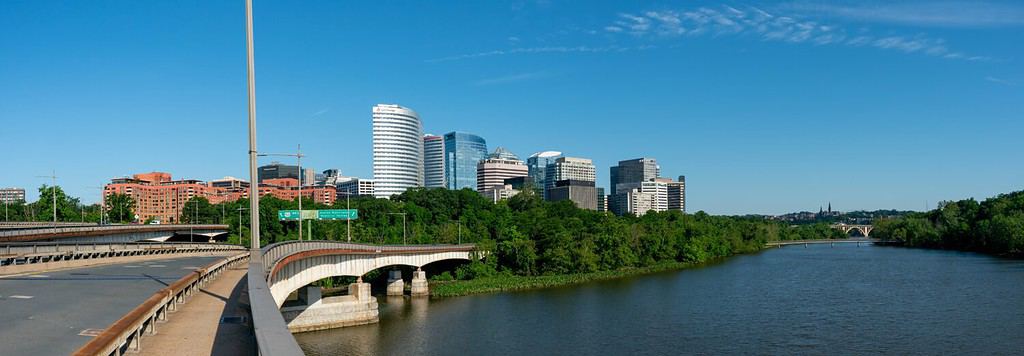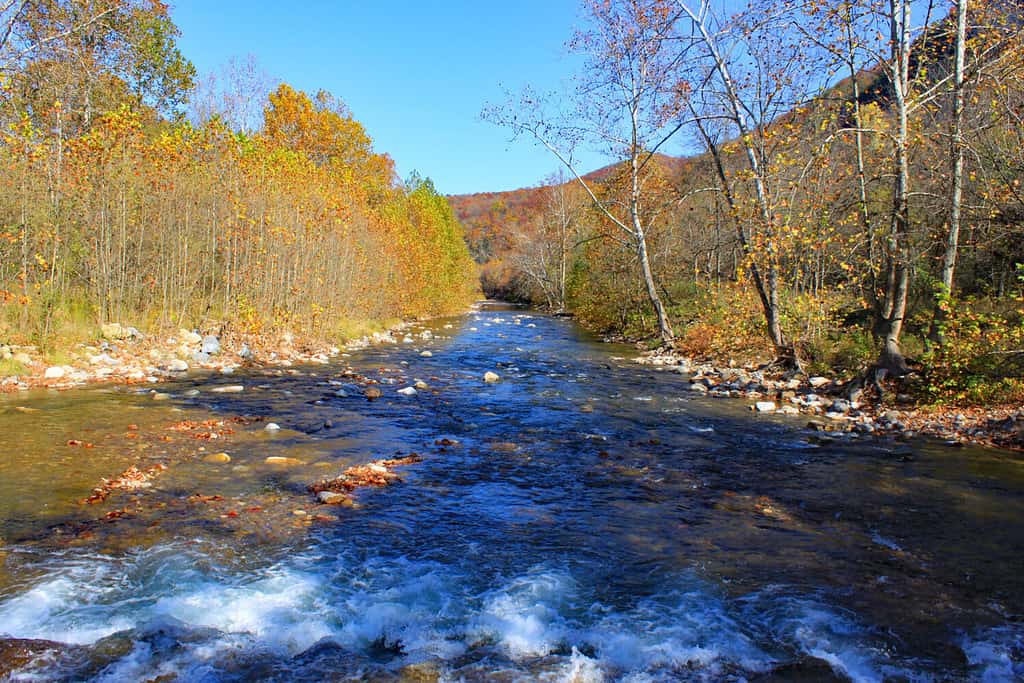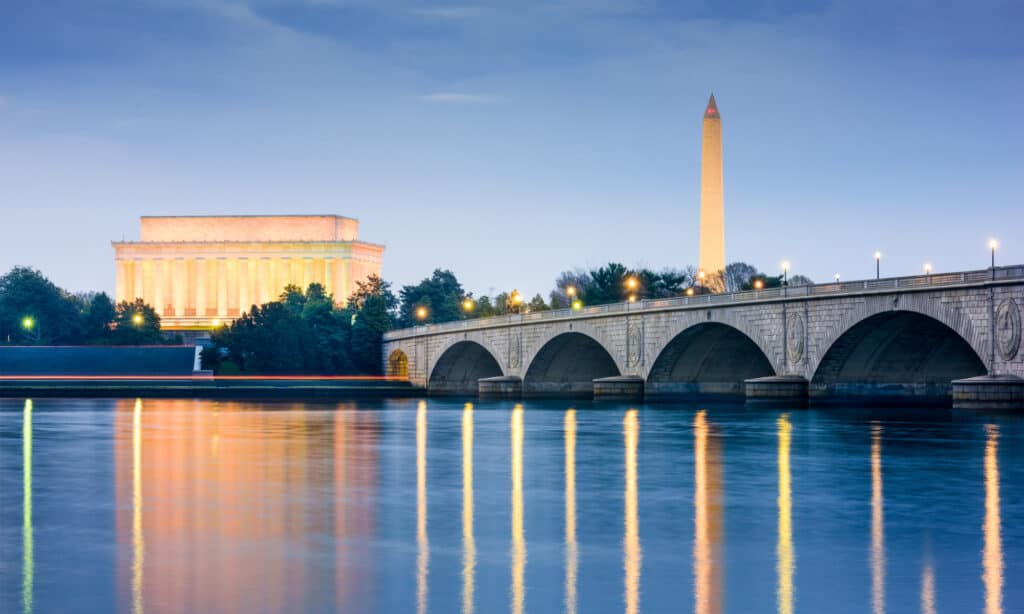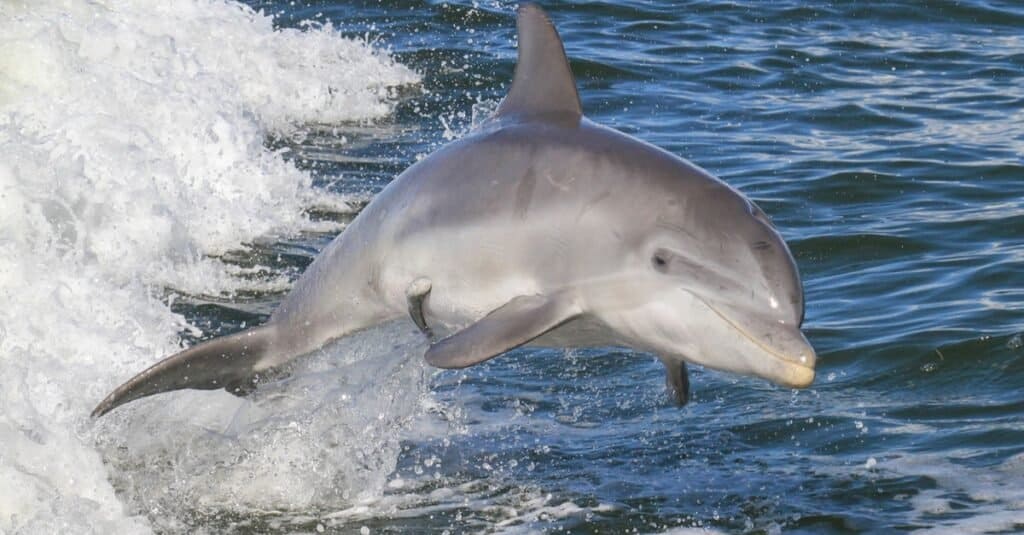Where Does the Potomac River Start?
With a storied history and prime location in the United States, you may be wondering: where does the Potomac River start? Running just over 400 miles, the Potomac River is among some of the largest rivers in the U.S. It is an incredibly important source of water for both the people and the wildlife ecosystems it interacts with on a daily basis.
Today, we’ll address where exactly the Potomac River begins as well as how far it travels and where. Plus, we’ll go over the history of the Potomac briefly, including why this river is important today. There are many important wildlife species that rely upon the Potomac, species that we’ll be sure to mention in this article! But first, let’s begin by answering some very important questions surrounding the origin of the Potomac River.
Where Precisely Does the Potomac River Start?

©iStock.com/Jon Bilous
The Potomac River starts in two locations: the North Branch begins at a marking known as the Fairfax Stone in Preston County, West Virginia. The South Branch of the Potomac begins in the small town of Hightown in Highland County, Virginia.
Meandering more than 400 miles, the Potomac is technically the 21st largest river in the entire United States. It is also a significantly sized river for the East Coast, ranking fourth in terms of its overall length. Given where the Potomac runs, it is estimated that at least five million people live in its vicinity.
Green Spring, West Virginia, a small location in the northeasternmost portion of the state, is where the North and South Branches of the Potomac meet. This confluence is located roughly three miles away from Green Spring, on the border of Maryland and West Virginia. From here, the Potomac flows further east before heading south to Washington, D.C.
With the North Branch Potomac River beginning in Fairfax Stone Historical Monument State Park, you may already be able to guess the historical significance of this body of water. While the South Branch Potomac River begins in a sleepy village in Virginia, it still carries with it plenty of history and national importance. This is especially true when we consider the many wildlife species that call this river home!
How Many States Does the Potomac River Run Through?

©PQN Studios/Shutterstock.com
The Potomac River runs through five states, including West Virginia, Pennsylvania, and Virginia. In fact, the Potomac acts as a delineator for the borders of most of these states. The Potomac helped form the boundaries of both Maryland and Washington, D.C. as well!
But where exactly does the Potomac end? This river meanders through these states and empties in the Chesapeake Bay, the largest estuary in the nation. Protected from the Atlantic Ocean by a peninsula, the Chesapeake Bay has over 100 rivers flowing into it.
In fact, the Potomac River is the second-largest river to terminate in the Chesapeake Bay. The largest river to finish its journey here (which adds a great deal of depth to the Bay) is the Susquehanna River.
Does the Potomac River Intersect with Other Rivers?

©Jordan Kercheff/Shutterstock.com
Speaking of other rivers, the Potomac does indeed intersect with many other bodies of water. There are multiple tributaries surrounding this river, including the Shenandoah River, Conococheague Creek, the Cacapon River, Antietam Creek, the Monocacy River, and Rock Creek.
The Potomac also has two waterfalls of note: the aptly named Great Falls and Little Falls. Running over 500 feet in length, Great Falls is located in Maryland, just north of Washington, D.C. Little Falls is a small series of rapids and is named in relation to Great Falls. It is unique in that it is located where D.C., Maryland, and Virginia meet.
History of the Potomac River

©iStock.com/SeanPavonePhoto
The Potomac River has a fascinating history, especially when we consider the American Civil War. In fact, the Potomac is nicknamed “the Nation’s River” for its significance and influence on United States history. Most of this influence became closely associated with George Washington.
Washington was born in a location that showed off the beauty of the Potomac River. He also chose to build his lifelong estate and home along the Potomac, despite numerous other locations of note nearby. Washington, D.C. is surrounded by the Potomac, with its waters passing directly in front of the Lincoln Memorial.
The Potomac River became entrenched in many retellings of battles fought during the Civil War. This river was crossed as part of many different invasions, as the Potomac marked a clear border between the Union and the Confederacy during this tumultuous time. Both the Battle of Gettysburg and the Battle of Antietam involved crossing the Potomac.
Wildlife Along the Potomac River

©Tory Kallman/Shutterstock.com
The Potomac River is incredibly special thanks to the environment surrounding it. Much of the Potomac is found in forested regions, locations that offer protection and resources to humans and animals alike. In fact, over 50% of the Potomac’s watershed areas are dense forests full of life!
There are many notable wildlife species found in and around the Potomac River. There used to be high populations of beavers, martens, bison, otters, and elk around the Potomac. However, fur trading and hunting during early American history led to these species no longer existing in this region.
Today, you may still witness a variety of wildlife species thriving along the Potomac, including hundreds of types of birds. The waters of the Potomac play host to a variety of fish including a newly rebounded population of shad thanks to efforts made by the American Shad Restoration Project.
Speaking of the Potomac’s waters, this river is special in that it has Atlantic bottlenosed dolphins calling it home. An estimated 400-500 dolphins have been recorded as Potomac and Chesapeake Bay residents, with their numbers growing. With many efforts in place to clean the waters of the Potomac River, other species may soon join these dolphins in their new home!









